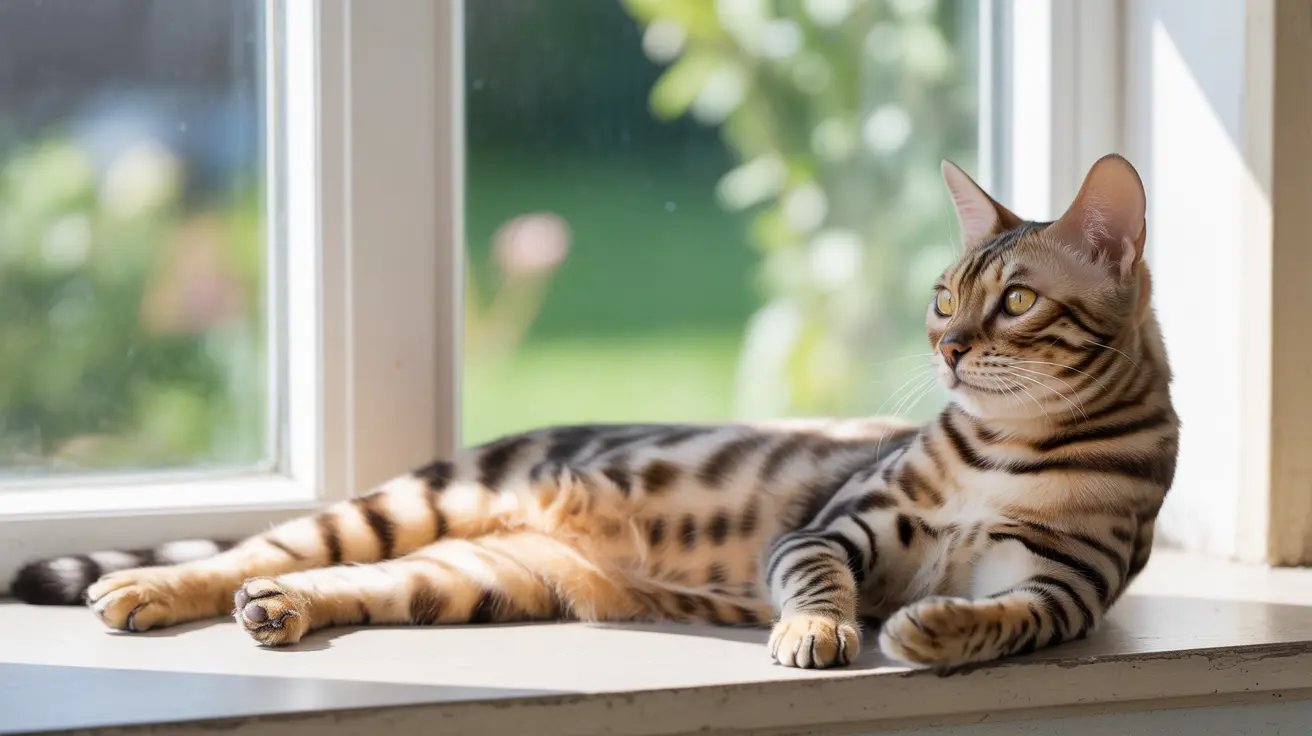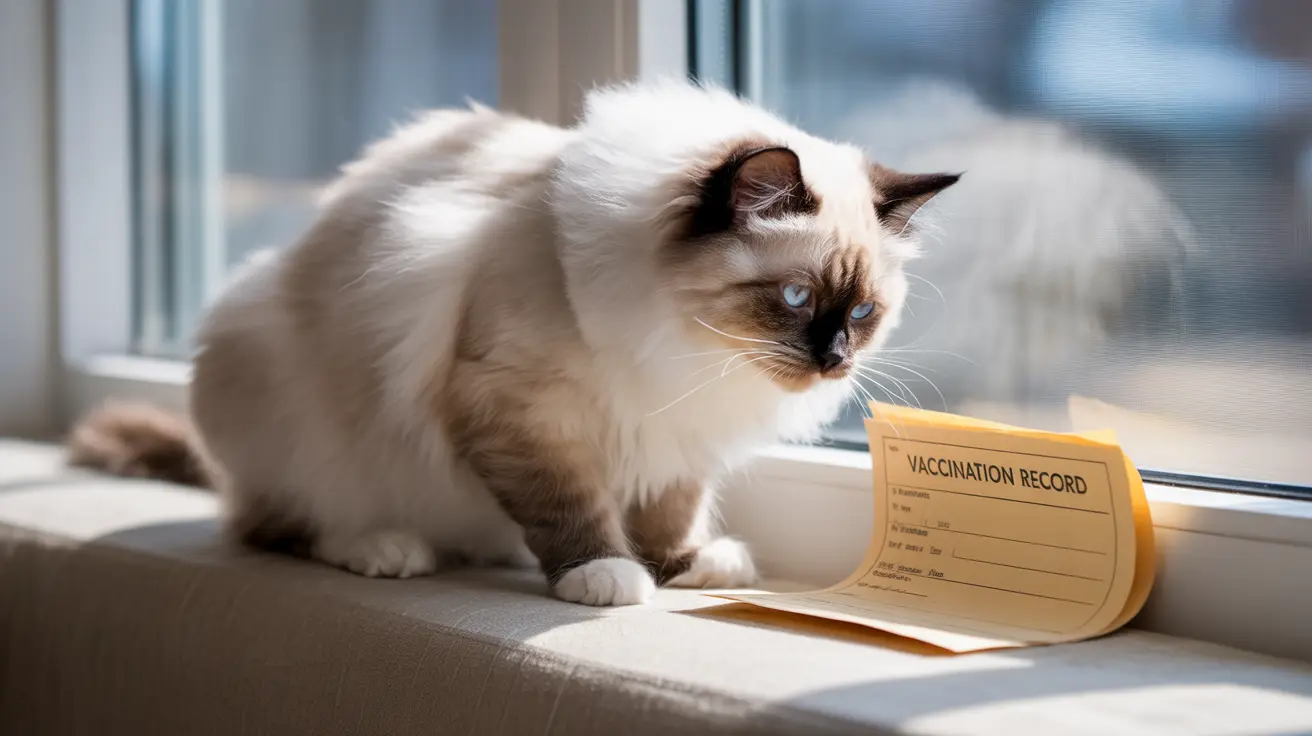When it comes to feline anatomy, cat eyes are particularly fascinating. Many pet owners wonder about the unique structure of their cat's eyelids, especially when they notice what appears to be an extra membrane sliding across their pet's eye. Let's explore the intricate world of cat eyelids and discover what makes them so special.
Understanding Cat Eyelid Anatomy
Unlike humans who have two eyelids, cats are equipped with three eyelids for each eye. They have the standard upper and lower eyelids that move vertically, plus a remarkable third eyelid called the nictitating membrane or "haw." This specialized structure provides cats with enhanced eye protection and health benefits that go beyond what double eyelids could offer.
The Basic Structure of Cat Eyelids
The upper and lower eyelids in cats function similarly to human eyelids, working together to blink and protect the eye's surface. The upper eyelid is particularly mobile, handling most of the blinking action. These primary eyelids are equipped with sensitive nerve endings that trigger protective reflexes when threatened.
The Remarkable Third Eyelid
The third eyelid is perhaps the most intriguing feature of feline eye anatomy. Located in the inner corner of each eye, this translucent membrane moves horizontally across the eye's surface, providing additional protection and moisture. This structure contains its own tear gland, contributing significantly to the eye's lubrication system.
Functions of the Third Eyelid
- Removes debris from the eye's surface
- Produces up to 30% of the eye's tear film
- Provides additional protection during hunting or fighting
- Contains lymphoid tissue for immune defense
- Maintains partial vision even when deployed
Health Implications and Monitoring
While the third eyelid is usually hidden, its visibility can be an important health indicator. A visible third eyelid in an alert cat might signal various health issues, including:
- Dehydration
- Illness or infection
- Eye injury or trauma
- Neurological problems
- Systemic disease
Care and Maintenance
Maintaining your cat's eye health involves regular observation and prompt attention to any changes. Watch for signs of eye problems such as redness, discharge, or persistent third eyelid exposure. These symptoms warrant immediate veterinary attention to prevent more serious complications.
Frequently Asked Questions
Do cats have double eyelids like humans, or what eyelid structures do they actually have?
Cats don't have double eyelids in the same way humans do. Instead, they have three distinct eyelids: upper, lower, and a third eyelid (nictitating membrane) that moves horizontally across the eye.
What is the function of the third eyelid (nictitating membrane) in cats?
The third eyelid serves multiple functions: it protects the eye from injury, helps remove debris, produces tears, and contains immune tissue to fight infections. It acts as an additional protective barrier while maintaining partial vision.
Why is my cat's third eyelid sometimes visible, and does that mean they are sick?
A visible third eyelid in an alert cat can indicate health issues such as illness, dehydration, or eye problems. While it's normal to see it when cats are sleepy or relaxed, persistent visibility requires veterinary attention.
How does the third eyelid help keep a cat's eyes healthy and protected?
The third eyelid contributes to eye health by producing tears, sweeping away debris, providing physical protection, and supporting immune defense through its lymphoid tissue.
Can cats voluntarily move their third eyelid, or how does it operate differently from their upper and lower eyelids?
Cats cannot voluntarily control their third eyelid. It moves reflexively in response to eye retraction and works independently from the voluntary movement of the upper and lower eyelids.
Understanding your cat's unique eyelid structure helps you better monitor their eye health and recognize when professional care might be needed. Regular observation and prompt attention to changes in your cat's eyes will help ensure their continued well-being.






